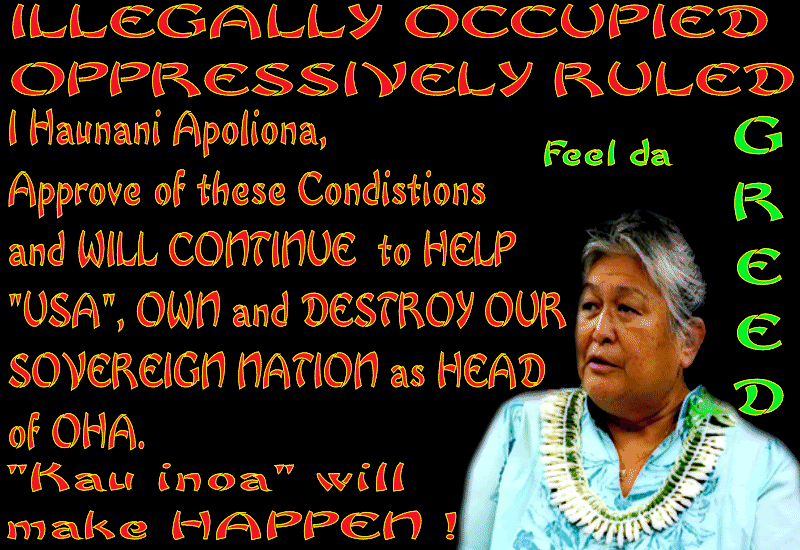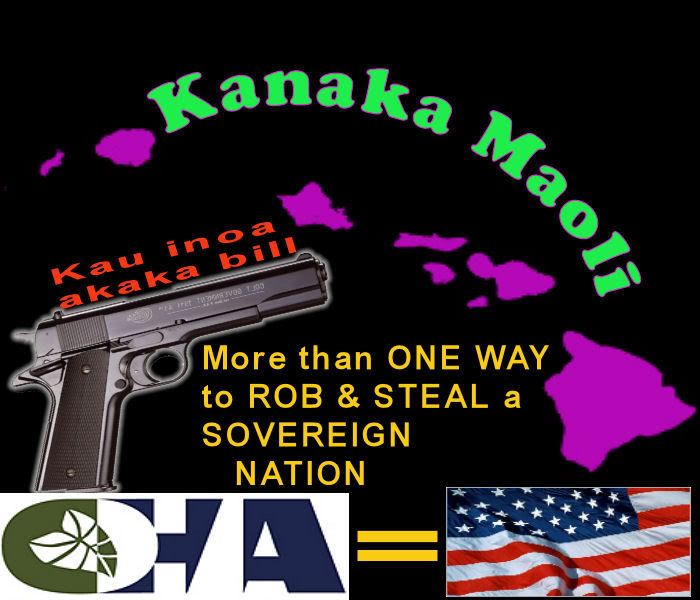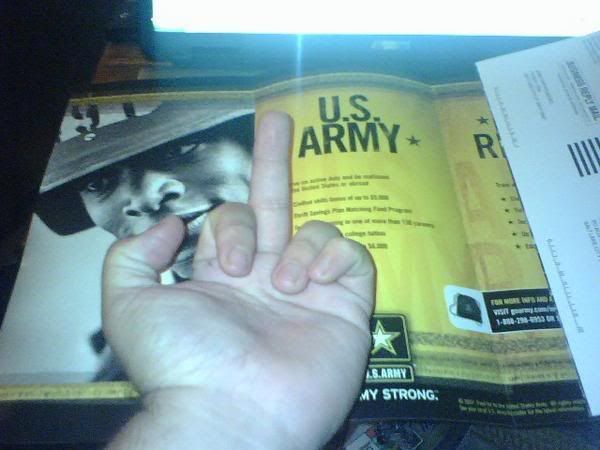

The Army is systematically erasing the history and sacred places in Lihu'e, Kahuku, Pohakuloa and the other areas impacted by its Stryker Brigade expansion. The report by an independent archaeologist blasts
the Army for numerous violations and failings and calls for protection
of the vast and important cultural site complex in Lihu'e, O'ahu, once
the ancient seat of government for O'ahu chiefs. Meanwhile OHA sat on this urgent information.http://thehawaiiindependent.com/story/oha-stryker/OHA ‘drops the ball’ in protecting cultural sites from Stryker brigade

Stryker vehicle crew belonging to the 4th Brigade, 2nd Infantry
Division, fires a TOW missile during the brigade's rotation through Fort
Polk's Joint Readiness Training Center.
HONOLULU—Cultural sites that were supposed to have been protected from military vehicles and training exercises may have been put in jeopardy due to an oversight by The Office of Hawaiian Affairs
(OHA) lasting nearly a year.
At a special meeting with concerned community members last Thursday, OHA admitted to “dropping the ball” by not taking action on a damning report the agency received last year that criticized the Army’s efforts
at preserving cultural sites while training and constructing the Stryker
Brigade Combat Teams (SBCT).
OHA received the report in September 2009, and it suggests that parts of the National Historic Preservation Act (NHPA) were disregarded. Trustees and staff discussed the item at a committee meeting in November. According to the minutes, Clyde Namuo, CEO, said
staff was to draft a letter to the Army requesting the protection of
sites mentioned in the document. It was revealed last week that no such
action had been taken since that committee meeting last year.
“A lot happened,” said Kai Markell, OHA’s Compliance Monitoring Manager, who noted some structural changes within the organization kept some employees in limbo. “Some of us didn’t know if we were going to be
here, and we lost a few people related to the project.”
The report, written by independently contracted archaeologist Christopher Monahan, comments on the Army’s numerous shortcomings in its attempts at documenting cultural sites, which, if included on the
National Register of Historic Places, offers them various protections
from being disturbed.
The report was the end result of a lawsuit OHA filed against the Army in November 2006 alleging violations against the NHPA and the Native American Graves Protection and Repatriation Act (NAGPRA). Cultural
monitors claimed that numerous sites were being mistreated or were
endangered, including Haleauau heiau near Schofield Barracks, whose
protective buffers were razed by bulldozers in July of that year.
In October 2008, a settlement was reached where OHA would drop its lawsuit based on its then knowledge of the existing surveys and reports. In return, the Army allowed the independently contracted archaeologist,
Monahan, as well as OHA staff, access to Stryker Brigade sites for a
total of 50 days in order to draw up an objective second opinion. OHA
had the option then to proceed with mediation or litigation based on the
new findings.
OHA initially gave the report to Terri Kekoolani, program coordinator for the American Friends Service Committee (AFSC) Hawaii, a few weeks ago at her request.
Monahan is critical of the methods used in the previous surveys conducted by the military and its hired firms, recognizing there are issues with the competency of the field personnel involved. It also
notes a general lack of subsurface testing, or excavating, to locate
such sites. Instead, there are “mere guesses ... and based on relatively
little scientific data.”
At some locations, Monahan’s findings more than doubled the number of known features the Army had previously reported.
There is also concern regarding numerous earlier reports—ones that evaluated surveys taken of impacted areas—that were not made available to him because they were in draft form. Most problematic was a major
report on the Kahuku Training Area, which was completed six years ago
but is still not available.
Many of those in attendance recommended that, due to the Army’s violations of NHPA as cited in the report, an injunction should be filed by OHA to halt construction and training activities, until these issues
are resolved. Markell said he would consult with upper management and
the legal team on the options.
“We will refocus our efforts,” Markell said.


Thisis an OHA Kai Wai Ola article about the signing ceremony with a few pictures
of those who attended.
"OHA Chairperson Haunani Apoliona and OHAChief Operating Officer Stanton Enomoto joined with other prominent members of
the Hawaiian community to witness the signing of the
covenant."
http://www.oha.org/kwo/loa/2010/04/story04.php
 |
Members of the Royal Order of Kamehameha were in attendance as leaders of the Army and Native Hawaiian community forged |
Army and Hawaiian leaders bridge old gulf with new agreement
By Liza Simon / Ka Wai Ola Loa
Conflict has often divided the military and the Hawaiian community, but a new symbolic accord marks an effort to forge positive
relations.
In a March 24 ceremony at Fort DeRussy, a first-of-its-kind Native Hawaiian Covenant was signed by representatives of the Army and Native Hawaiian organizations. The agreement is a pledge
between the parties to promote mutual respect and understanding.
According to a news release, speaker Neil Hannahs of Kamehameha Schools said that the agreement marked a turning point for Kanaka
Maoli, "who have endured events that pushed our culture to the brink of
extinction."
 |
OHA Chairperson Haunani Apoliona and OHA Chief Operating Officer Stanton Enomoto joined with other prominent members of |
"We are dedicated to remember our past and perpetuate our traditions," he said. "But we realize that it is equally important to turn our
focus toward the horizon and navigate our way to a world in which
relationships and outcomes are as we would wish them to be."
Hannahs is a member of the U.S. Army Garrison-Hawai'i's Native Hawaiian Advisory Council organized last year by the Army to assist in
brokering the new covenant.
The covenant reads in part: "We recognize … Native Hawaiians' cultural and historical experience is shaped by the land and surrounding ocean
... that as the Army maintains and uses the land of Hawai'i, it is mindful to
protect and preserve this fragile environment and ensure that what remains is
a meaningful legacy for future generations." It further states that the parties are "committed to a mutually beneficial relationship" by promoting
dialogue and understanding of each other's culture and values.
 |
Neil Hannahs of Kamehameha Schools adds his name to the agreement, which he helped to craft as a member of the Army’s Native |
The signing ceremony featured traditional presentation of ho'okupu by the Royal Order of Kamehameha I and the planting of an 'ulu tree
to symbolize harmony. In the crowd of more than 200 were Army Col. Matthew
Margotta, Commander of the U.S. Army Garrison-Hawai'i, Office of Hawaiian Affairs Chairperson Haunani Apoliona, OHA Chief Operating Officer Stanton
Enomoto, OHA Special Assistant to the CEO Martha Ross, and Association of
Hawaiian Civic Clubs president Leimomi Khan.
 |
U.S. Army Col. Margotta participates in the Hawaiian protocol that was part of the signing ceremony. Photo by John Matsuzaki |
"It was an overwhelmingly humbling experience to see leaders of both our Native Hawaiian community and the Army come together and pledge
their commitment to maintaining a mutually beneficial partnership," Annelle Amaral, Native Hawaiian liaison for the Army, said in a news release.
"The signing of this covenant is a significant step to our vision of a
relationship built on understanding, respect and trust."
She added: "We mahalo all the individuals that made this possible, especially the members of our Native Hawaiian Advisory Council,
Colonel Margotta and Sen. Daniel Inouye for their dedication and determination
in fulfilling the promise of this covenant."


Comments
As of last night 'via' satelite the 3-D infrared photos are back in the Pentagon awaiting analytical control. The question is low, weak, and safe--and a good divertion from trucking contaminated toxic soil to Makua, to creat a fire lane (surface dump). All windswept contaminates set on fire except isotopes. Keeping in mind that the isotopes can never be destroyed.
This is a cool campaign...OHA voters agreed to this catastrophy paid for by Inouye...interesting!!!!
But hold on to your play toy---this is not over...I wonder how the birthing Hawaiian usage are going to fair in this process which should be kept separate and apart --like a belly button as in focus?
Are you left handed? Much love
OHA Trustees admitting to “dropping the ball” means that the OHA Trustees are in violation of their constitutional mandate. That none of the present OHA Trustees should be re-elected.
Long Live The Hawaiian Kingdom, o Pomai